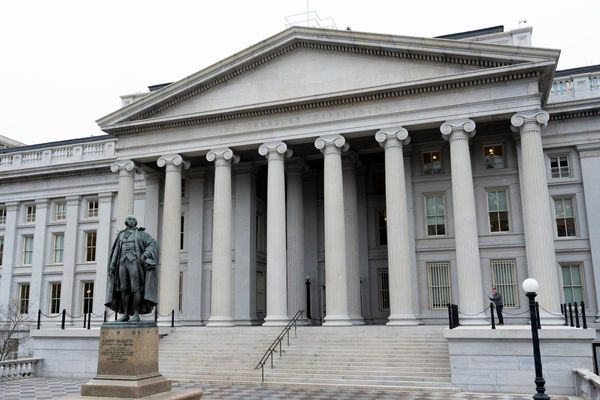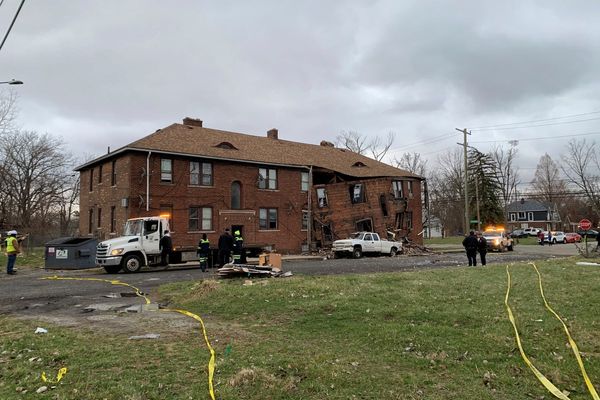
A recent fatal midair collision near Washington, DC's Reagan National airport has reignited debates over the addition of more longer-distance flights at the airport. This issue had faced opposition from some Senate Democrats during deliberations in May.
The senators had expressed concerns about the safety and congestion risks associated with increasing the number of long-distance flights. These concerns have now been underscored by the tragic collision, prompting a closer examination of operations in the busy airspace surrounding the airport.
The decision to include additional flights in the aviation bill passed by Congress and signed by former President Joe Biden was intended to enhance safety measures, protect passengers and airline employees, and fund upgrades to US airports and air travel infrastructure. The bill allocates significant funding to the Federal Aviation Administration and the National Transportation Safety Board for the upcoming fiscal years.
US Sen. Chris Van Hollen of Maryland had argued against the proposal of adding more flights, citing known safety and congestion concerns. Meanwhile, US Sen. Tim Kaine of Virginia highlighted the strain on Reagan National, which currently serves far more passengers annually than its intended capacity.
The push to add five daily round-trip flights beyond the existing perimeter limit was driven by the convenience for lawmakers traveling to and from Reagan National. The airport's proximity to the Capitol compared to other regional airports was a key factor in this decision.
As investigations into the midair collision continue, stakeholders are grappling with the need to balance convenience with safety and operational considerations at Reagan National airport.







